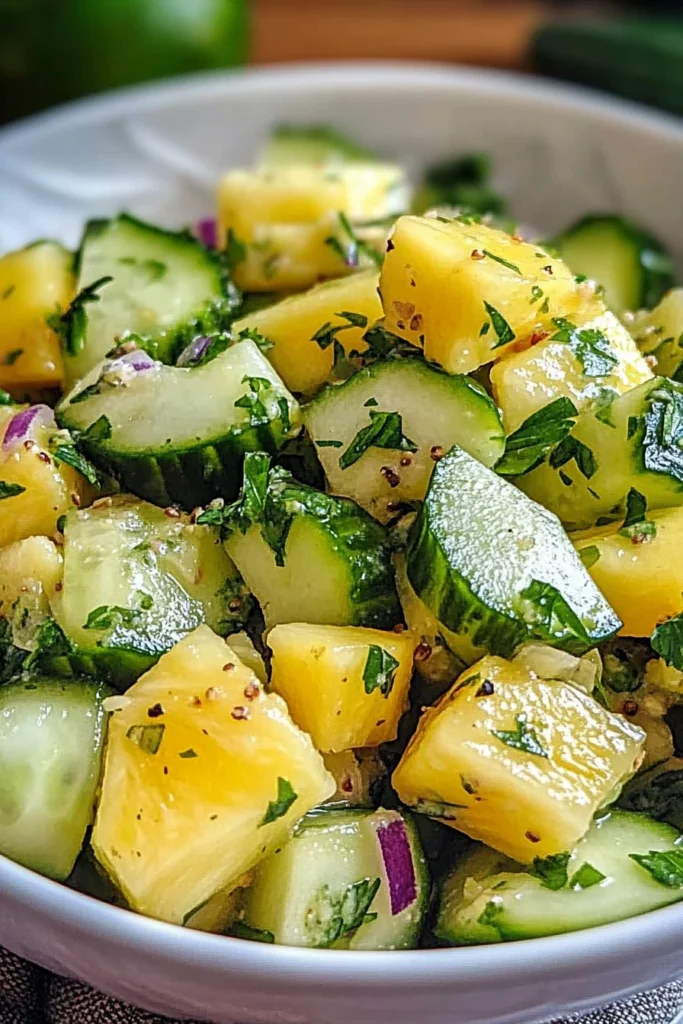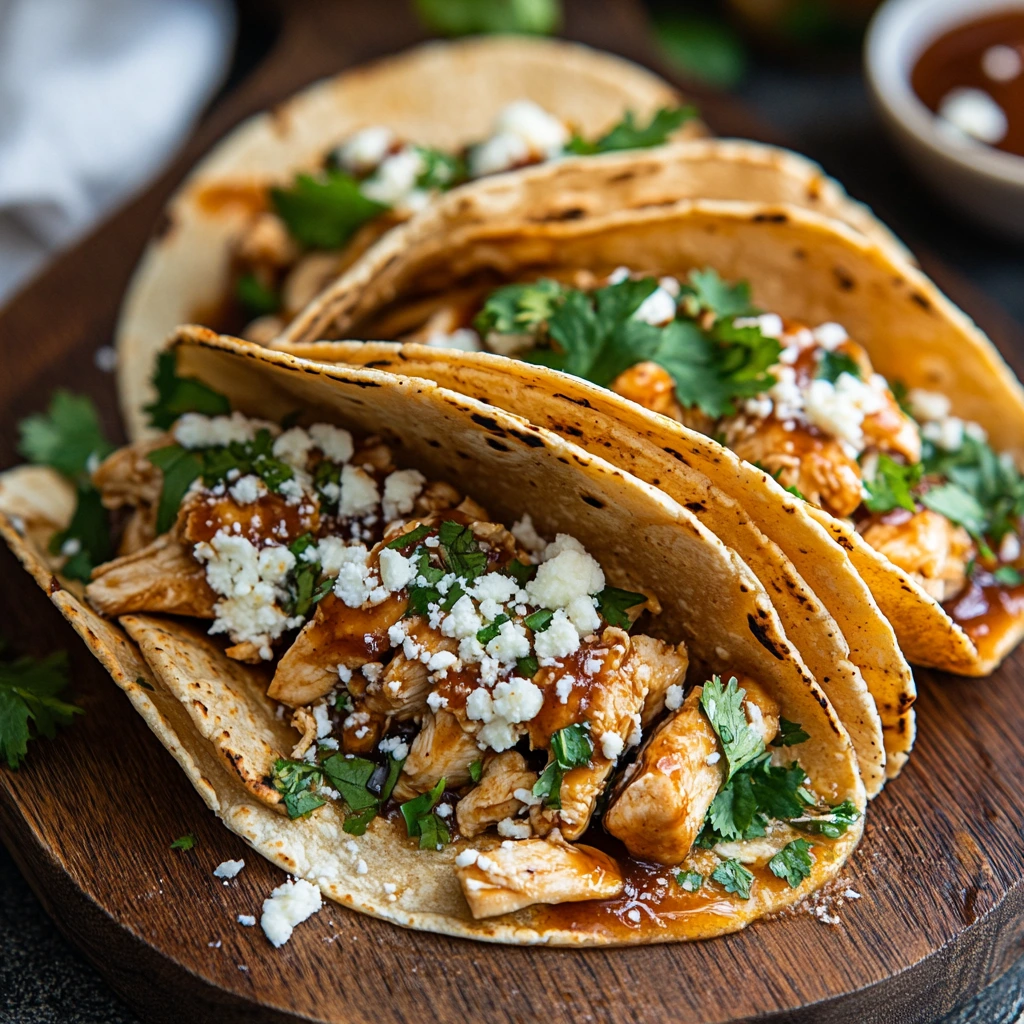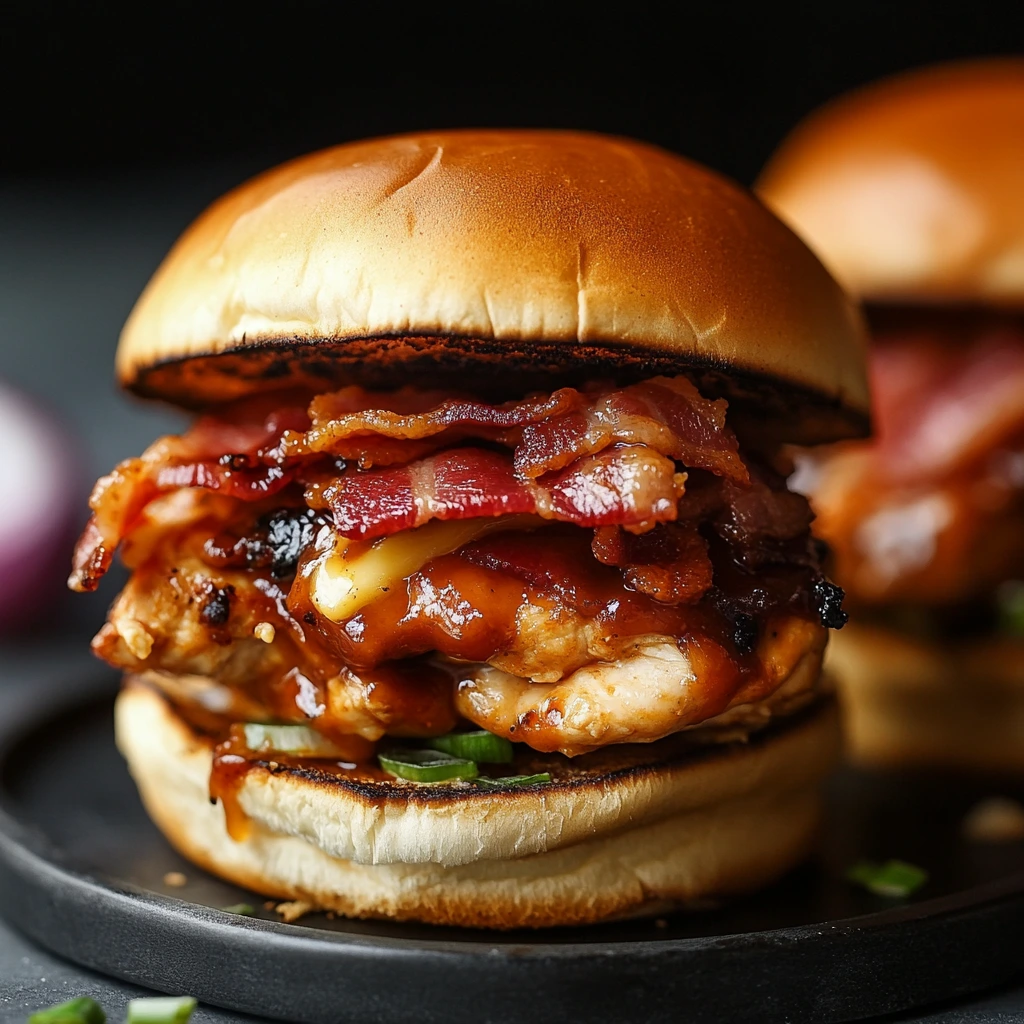A cheese and charcuterie board is more than just an appetizer — it’s an experience. It brings together a variety of flavors, textures, and colors in one stunning display. Whether for a dinner party, holiday celebration, or 2casual gathering, a well-crafted board is both visually impressive and deliciously satisfying.
This guide covers everything needed to create the perfect cheese and charcuterie board: how to choose the right cheeses and meats, what accompaniments to include, how to arrange them beautifully, and how to pair them with drinks.
The Essence of a Cheese and Charcuterie Board
A cheese and charcuterie board is a celebration of balance — between salty and sweet, creamy and crunchy, rich and refreshing. The goal is to offer variety while maintaining harmony. Each element should complement the others, creating a cohesive tasting experience.
The best boards combine different textures, flavors, and colors. Soft cheeses contrast with firm ones, cured meats pair with fresh fruits, and crunchy nuts balance creamy spreads.
Why This Appetizer Works for Every Occasion
Cheese and charcuterie boards are versatile, easy to assemble, and endlessly customizable.
1They can be scaled up for large gatherings or simplified for intimate dinners.
2They require no cooking, just thoughtful selection and arrangement.
3They also cater to all tastes — from mild and creamy to bold and spicy — making them ideal for entertaining diverse groups.
Choosing the Cheeses
A great cheese board includes a mix of textures and flavors. Aim for three to five varieties, depending on the size of the board.
Types of Cheese to Include
1. Soft Cheese
Creamy and spreadable, these cheeses add richness.
Examples: Brie, Camembert, Goat cheese, Triple cream
2. Semi-Soft Cheese
Mild and smooth, perfect for pairing with fruits or honey.
Examples: Havarti, Fontina, Monterey Jack
3. Semi-Hard Cheese
Slightly firmer with a balanced flavor.
Examples: Cheddar, Gouda, Gruyère
4. Hard Cheese
Aged and crumbly, offering sharp, nutty notes.
Examples: Parmesan, Manchego, Aged Asiago
5. Blue Cheese
Bold and tangy, ideal for adventurous palates.
Examples: Gorgonzola, Roquefort, Stilton
Cheese Arrangement Tips
- Cut some pieces in advance for easy serving.
- Leave some wedges whole for visual appeal.
- Serve at room temperature for the best flavor and texture.
Selecting the Charcuterie
Charcuterie refers to cured meats that add savory depth to the board. Choose a variety of textures and flavors — from mild to spicy, lean to rich.
Popular Charcuterie Options
1. Prosciutto – Thin, delicate, and slightly sweet.
2. Salami – Firm and flavorful, available in many varieties.
3. Soppressata – Coarse and spicy, adds boldness.
4. Chorizo – Smoky and rich, perfect for contrast.
5. Capicola – Marbled and tender, with a hint of spice.
Presentation Tips
- Fold or roll slices for visual interest.
- Arrange meats in small clusters around the cheeses.
- Alternate colors and textures for balance.
Accompaniments and Pairings
The accompaniments tie the board together, adding freshness, sweetness, and crunch.
Fruits
Fresh fruits add color and brightness, while dried fruits bring sweetness and chewiness.
Fresh options: Grapes, apple slices, figs, berries, pears
Dried options: Apricots, cranberries, dates
Nuts
Provide crunch and richness.
Options: Almonds, walnuts, pistachios, candied pecans
Crackers and Bread
Offer a neutral base for cheese and meat.
Options: Baguette slices, breadsticks, seeded crackers, crostini
Spreads and Condiments
Add flavor contrast and moisture.
Options: Honey, fig jam, mustard, chutney, olive tapenade
Pickles and Olives
Introduce acidity to cut through the richness.
Options: Cornichons, marinated olives, pickled onions
Building the Board
Step 1: Choose the Right Board
Use a wooden cutting board, marble slab, or slate platter. The size depends on the number of guests.
Step 2: Place the Cheeses
Start with the cheeses as anchors. Space them evenly across the board.
Step 3: Add the Meats
Arrange the charcuterie around the cheeses, folding or rolling slices for texture.
Step 4: Fill in with Accompaniments
Add fruits, nuts, and spreads in the gaps. Use small bowls for jams or olives to prevent mixing flavors.
Step 5: Add Bread and Crackers
Place them around the edges or in a separate basket to keep them crisp.
Step 6: Garnish and Finish
Add fresh herbs like rosemary or thyme for color and aroma.
Tips for a Stunning Presentation
- Vary textures: Combine creamy, crunchy, and chewy elements.
- Play with color: Use fruits and garnishes for visual contrast.
- Balance flavors: Include sweet, salty, tangy, and savory components.
- Keep it accessible: Pre-slice hard cheeses and meats for easy serving.
- Label items: Small tags help guests identify cheeses and meats.
Seasonal Charcuterie Board Ideas
Spring
Fresh goat cheese, prosciutto, strawberries, honey, and pistachios.
Summer
Mozzarella, salami, watermelon, basil, and balsamic glaze.
Fall
Aged cheddar, soppressata, figs, apples, and spiced nuts.
Winter
Brie, blue cheese, chorizo, dried cranberries, and rosemary crackers.
Beverage Pairings
Wine Pairings
- Red wine: Pairs well with aged cheeses and cured meats. Try Cabernet Sauvignon or Merlot.
- White wine: Complements soft cheeses and fruits. Try Sauvignon Blanc or Chardonnay.
- Sparkling wine: Balances rich, salty flavors. Champagne or Prosecco works beautifully.
Beer Pairings
- Light beers: Pair with mild cheeses like Havarti or Brie.
- Amber ales: Match with cheddar or Gouda.
- Stouts: Complement blue cheese and cured meats.
Non-Alcoholic Options
- Sparkling water with citrus slices
- Apple cider
- Grape juice or iced tea
Make-Ahead and Storage
Make-ahead: Assemble the board up to 2 hours before serving. Cover with plastic wrap and refrigerate.
Storage: Store leftovers in airtight containers. Keep cheeses and meats separate to maintain freshness.
Reheating: Not necessary — serve chilled or at room temperature.
Nutritional Information (per serving, approximate)
- Calories: 300–400 kcal
- Protein: 15 g
- Fat: 25 g
- Carbohydrates: 10 g
The History of Charcuterie
Charcuterie originated in France as a way to preserve meat before refrigeration. The word comes from “chair” (meat) and “cuit” (cooked). Over time, it evolved into an art form, combining cured meats with cheeses, breads, and accompaniments.
Today, charcuterie boards have become a global trend, celebrated for their beauty, versatility, and communal nature.
Texture and Flavor Balance
A successful board balances textures — creamy cheeses, crisp crackers, chewy fruits, and crunchy nuts — and flavors — salty meats, sweet jams, tangy pickles, and rich cheeses. Each bite should offer contrast and harmony.
Common Mistakes and How to Avoid Them
Overcrowding the board: Leave space between items for easy serving.
Too much of one flavor: Mix mild and strong cheeses, sweet and savory elements.
Serving cold cheese: Let cheeses sit at room temperature for 30 minutes before serving.
Ignoring color: Add fruits and herbs for visual appeal.
Chef’s Tips
- Use small bowls to organize wet ingredients.
- Slice hard cheeses in advance for convenience.
- Add edible flowers for a decorative touch.
- Refresh the board halfway through an event if serving a large group.
- Pair each cheese with a specific condiment for guided tasting.
Pairing Examples
- Brie + Honey + Almonds
- Cheddar + Apple Slices + Mustard
- Blue Cheese + Pear + Walnuts
- Gouda + Fig Jam + Prosciutto
- Goat Cheese + Berries + Balsamic Glaze
The Joy of Entertaining
A cheese and charcuterie board embodies the spirit of sharing. It encourages guests to explore flavors, mix and match, and enjoy food together. It’s interactive, elegant, and adaptable to any theme or season.
Creating one is also a creative process — arranging colors, shapes, and textures like a piece of edible art.
The Science of Flavor Pairing
The success of a charcuterie board lies in contrast and complement. Fatty cheeses pair well with acidic fruits or wines, while salty meats balance sweet jams. The interplay of taste sensations — sweet, salty, sour, bitter, and umami — keeps the palate engaged.
Presentation and Finishing Touches
For a professional look, use a large wooden board or slate platter. Arrange items in clusters rather than rows for a natural, abundant appearance. Add height with small bowls or stacked elements. Finish with herbs, nuts, or edible flowers for color.
Modern Variations
- Breakfast Board: Include cheeses, smoked salmon, croissants, and fruit.
- Dessert Board: Combine sweet cheeses, chocolate, berries, and nuts.
- Vegan Board: Use plant-based cheeses, roasted vegetables, and hummus.
- Mediterranean Board: Add olives, feta, pita, and tzatziki.
- Holiday Board: Incorporate seasonal fruits, spiced nuts, and festive garnishes.
The Perfect Centerpiece
A cheese and charcuterie board is more than food — it’s a centerpiece. It sets the tone for the gathering, inviting guests to indulge and connect. Its beauty lies in its abundance and variety, offering something for everyone.
Conclusion
A cheese and charcuterie board is the ultimate appetizer — elegant, versatile, and endlessly customizable. With the right balance of cheeses, meats, fruits, and accompaniments, it becomes a feast for both the eyes and the palate.
Whether for a casual evening or a grand celebration, it brings people together through the simple joy of sharing good food. Thoughtfully arranged and beautifully presented, it transforms any occasion into a memorable experience.







